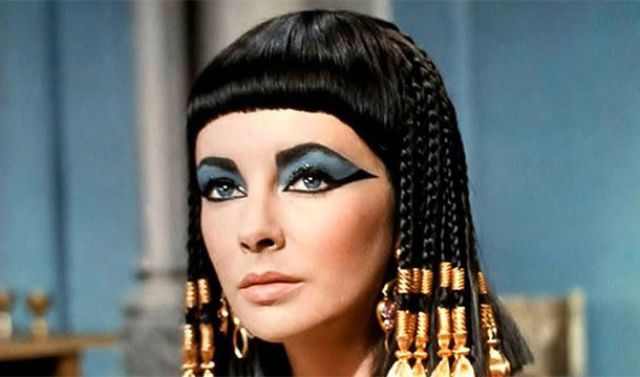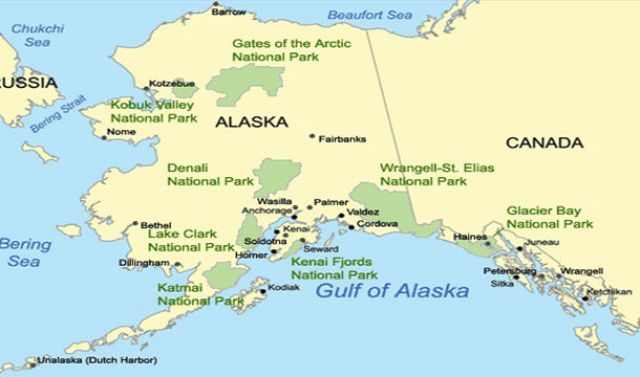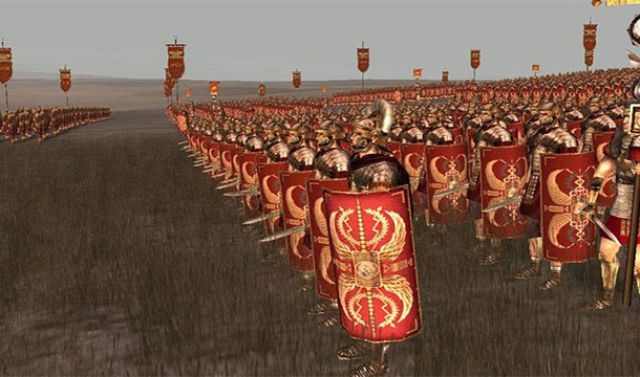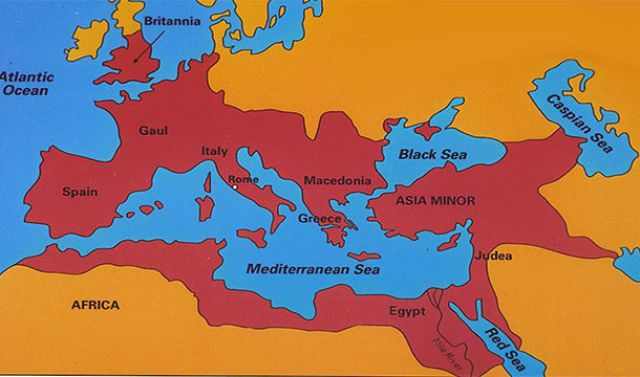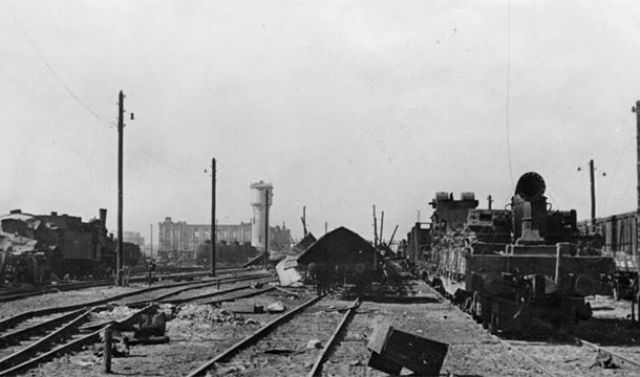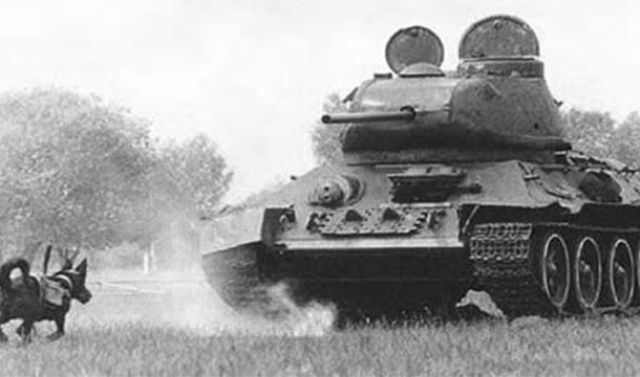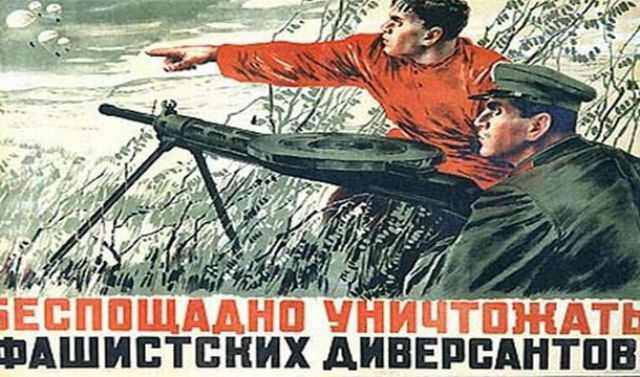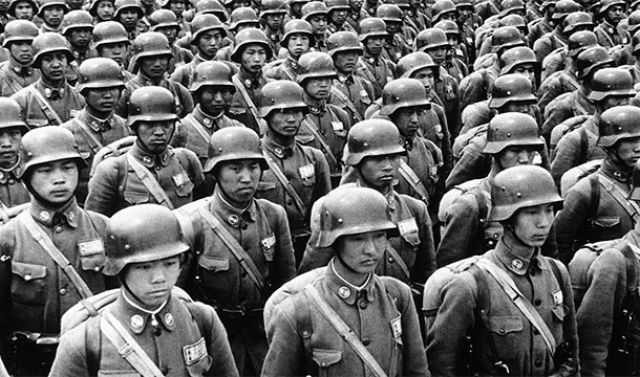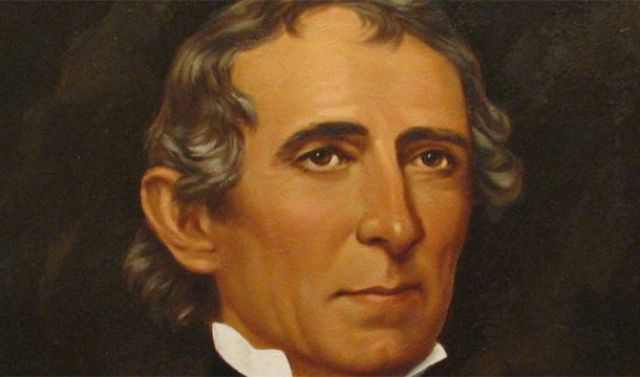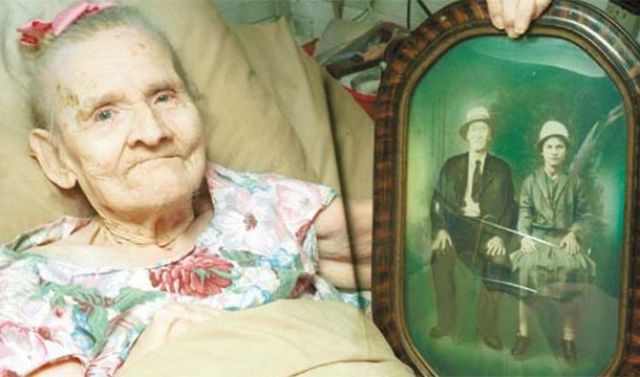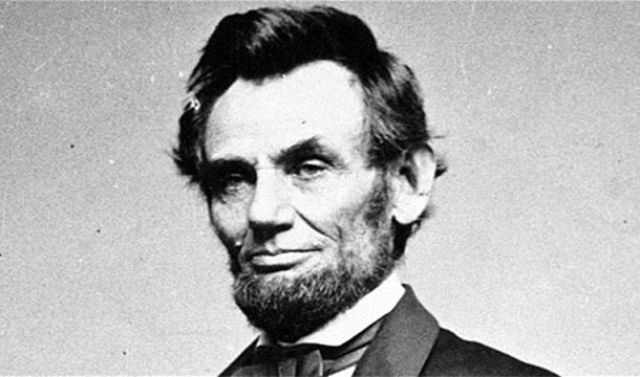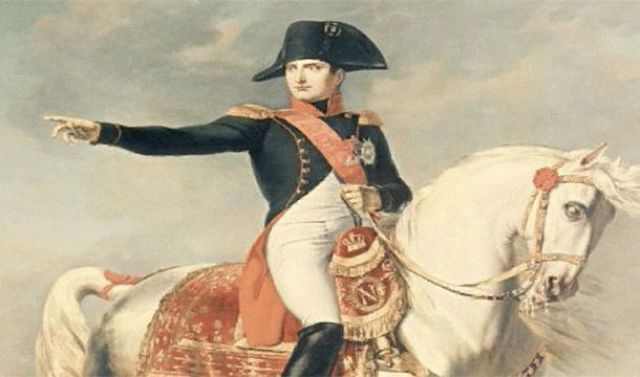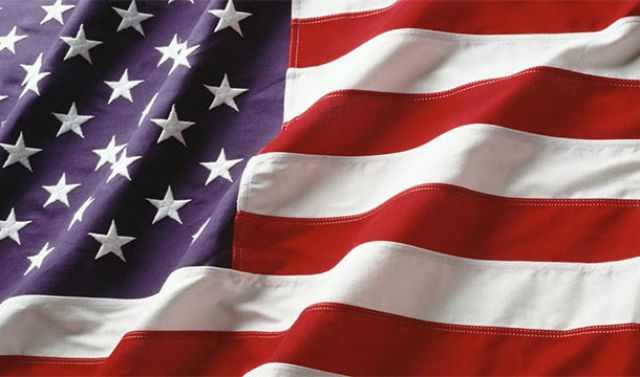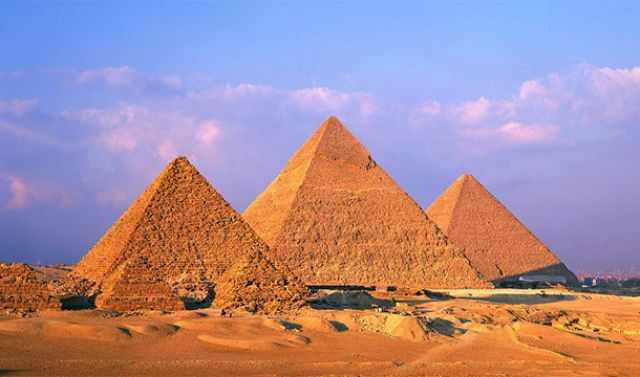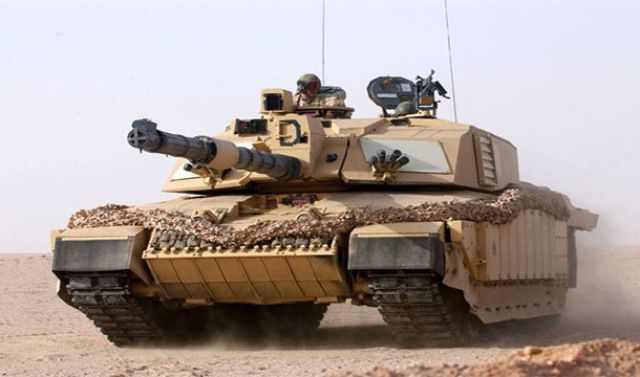There are many details of historical events, and most of them never get taught in traditional history classes. After all, even big historical figures were just human beings like you and me, and history is made of people and their actions. So take a peek behind the curtain at the real face of history with some shocking and insightful facts of history.
The pyramids were built so long ago, even King Tut of Egypt would have probably seen them as 'ancient' structures.
The Great Pyramid of Giza, built around 2560 BC, was already over a millennium old by the time King Tutankhamun ascended to the throne of Egypt around 1332 BC. For Tut and his contemporaries, these monumental structures were as mystifying and ancient as they are to us today.
That said, some giant redwoods are even older than the pyramids.
Some of the oldest giant redwoods in California have been dated to over 3,200 years old, roughly contemporaneous with or even older than the construction of the Egyptian pyramids. These ancient trees stand as a living testament to Earth's long natural history.
Speaking of Egypt, queen Cleopatra was actually the first in her family to learn Egyptian. This after the family had ruled Egypt for centuries.
Cleopatra VII was notably the first Ptolemaic ruler to learn Egyptian, despite her family's long reign over Egypt. Her decision to embrace the local language was likely a political strategy to solidify her power and align more closely with her Egyptian subjects.
During World War II, Alaska was the only part of the United States to be under enemy control.
During World War II, the Aleutian Islands in Alaska were occupied by Japanese forces, marking the only instance of enemy control on American soil during the war. This lesser-known campaign involved brutal conditions and significant hardship for the American and Allied troops involved.
It's sad to say that during the last 3,000 years, the civilized world has been at peace for only 240 years, that's less than 10% of the time.
Historians often note that out of the past 3,000 years, humans have experienced only about 240 (more or less) years of widespread peace. This statistic highlights the prevalence of conflict in human civilization and the rarity of prolonged peaceful periods.
Julius Caeser's army once spent hours ready to attack the other half that split from it earlier.
During the Roman Civil War, a critical moment occurred when Julius Caesar's army prepared to engage in battle against Pompey's forces, which included former parts of his own army. This event underlines the internal divisions and personal betrayals that characterized ancient Roman political struggles.
There's much talk of the 'great Roman empire', but in actuality, it was only the 19th largest empire in recorded history, covering 2.5 million square miles - still pretty big, though.
Although renowned for its cultural and political influence, the Roman Empire was the 19th largest in history, spanning 2.5 million square miles at its peak. Its size was surpassed by other empires in history, but its impact on law, language, and governance remains unmatched.
During the famous battle of Stalingrad, WWII, one railway station changed between German and Russian hands 14 times in one afternoon.
The fierce battle for control of a railway station during the Battle of Stalingrad saw the location change hands between German and Soviet forces 14 times in just one afternoon, illustrating the intensity and desperation of one of WWII’s bloodiest battles.
In their desperation to hold off the advanced German tanks, the Soviets strapped explosives to the back of dogs and used them to blow up enemy tanks. However, sometimes the dogs got scared and came back to explode among their masters.
In a desperate measure during WWII, the Soviet army trained dogs with explosives to target German tanks. Tragically, the plan backfired at times with dogs returning to their handlers, causing Soviet casualties.
According to historic calculations, 21 Soviet soldiers were killed for each American soldier who died in WWII.
The enormous disparity in casualties between Soviet and American forces during WWII underscores the brutal front lines faced by the Soviet Union. For every American soldier killed, 21 Soviet soldiers died, reflecting the sheer scale and savagery of the Eastern Front.
9 of the 11 most deadly and most blood-soaked wars in the world were fought in China.
China's history is marked by frequent and intense warfare, with many of the largest and deadliest battles recorded. These conflicts, spanning across centuries, played a significant role in shaping China’s political and cultural landscape.
Sunglasses, invented in China, were actually not made to shade the eyes from the sun but to hide the eyes of judges so you can't see what they are feeling.
Sunglasses were invented in China not for protection against the sun but for judicial use in courtrooms. They were used by judges to conceal their emotions while presiding over cases, thus maintaining a semblance of impartiality.
The US president of 1841, John Tyler, still has 2 grandchildren alive today.
John Tyler, the tenth President of the United States, born in 1790, still has two living grandchildren. This unusual historical footnote is due to the late-life fatherhood of Tyler's son Lyon, demonstrating how personal timelines can stretch across centuries.
The last widow of a civil war soldier died 10 years ago, she was 18 when she married the 81-year-old ex veteran in 1927.
The last widow of a Civil War veteran only died within the last decade. She married an elderly veteran at 18 and lived long enough to see the 21st century, drawing a pension that spanned three centuries, a poignant reminder of the lasting impacts of war. When she died she was still receiving a monthly check for $70 from the Veterans Administration for a military pension earned by her late husband on the Union side of the American Civil War. The amount spanned three centuries
The night Abraham Lincoln was assassinated, he had just created the secret service.
President Abraham Lincoln authorized the creation of the Secret Service hours before his assassination. Interestingly, it was established to combat counterfeiting, not to provide presidential security, which only became a mandate following subsequent presidential assassinations.
Forget all the rumors of Napoleon being short. He was actually taller than what was the average height at the time.
apoleon Bonaparte was not short as commonly believed; he was around 5'7", which was average for his time. The myth of his short stature likely stems from British propaganda and the misinterpretation of French measurement units. As French inches were larger, his height in French Inches was 5'1, which in British (today's inches) was 5'7, an average or a bit above average for the time. The British, wanting to diminish his looming threat, used this discrepancy to illustrate him as short in their caricatures, which people believe to this day.
The current flag of the United States of America was designed by a 17-year-old, one Robert Heft, as a school project. He got a B minus before his design was elected by the president.
The current 50-star pattern of the US flag was designed by high school student Robert Heft for a school project. Originally graded a B-, his grade was promptly revised to an A after his design was officially adopted by President Eisenhower in 1959. We should think so!
Baseball was actually invented in England in 1755, 30 years before its supposed date of inception.
Although commonly thought of as America’s pastime, the origins of baseball trace back to earlier stick-and-ball games played in England. That said, the game has evolved in a big way in the United States, where the modern version of baseball was formalized to what we know today.
The pyramids must have been some sight when they were first made; They were coated in white marble and had 24k gold caps on top.
The Great Pyramid was originally covered in white limestone casing stones, which made them shine brilliantly under the sun. The capstones, or pyramidions, were possibly made of gold, symbolizing the sun’s rays, adding to the spectacle.
Since 1945, all British tanks have been equipped with the capability of making tea.
Since World War II, all British tanks have been equipped with facilities to brew tea. This feature, known as the "boiling vessel," was introduced to allow crews to prepare hot drinks without leaving the safety of the tank, reflecting a uniquely British military tradition.



